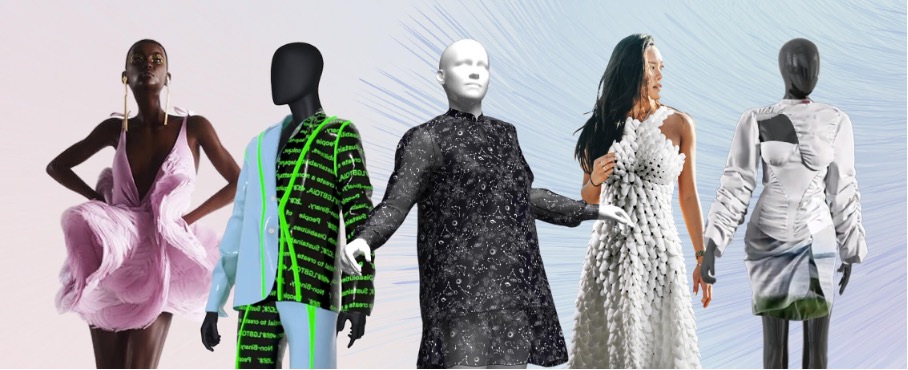As someone who is pretty organized and loves a structured planning, too spontaneous moments in a trip are not my favorite. Even on a 7-day holiday in the summer, I strive to find hotspots and best places to eat in the area beforehand. However, in January I will go backpacking to South-East Asia and the East coast of Australia for 3 months, which takes itinerary planning to a whole new level.
Of course, using ChatGPT for my itinerary was naturally the first thing I did, as this tool is the easiest and most well-known to use. However, soon I discovered GenAI tools designed specifically for creating travel itineraries, like Mindtrip. These tools are a huge assistance in streamlining the procedure and customizing your itineraries to your own tastes. To find the locations you shouldn’t miss out on, you no longer need to browse through your social network or the entire internet. All you need to do is provide the app with a few inputs, such as where you want to go, how long you want to stay, if you prefer a holiday focused on relaxation or partying, etc. With the use of Mindtrip I was able to generate a complete personalized itinerary for Thailand, Vietnam and the Philippines, including the best places to eat, popular activities and travel options, etc.
This made me wonder if travel agencies/bloggers will become unnecessary in a world where AI can efficiently plan a trip. Why spend time at travel agencies or scroll through chunks of text of a travel blog if these are so time consuming? Even so, I still find the opinion from real people, like friends and family, an important consideration into my decision-making process.
In conclusion, the use of GenAI tools like Mindtrip make planning an extensive trip much more manageable and less time consuming. This leaves me to focus on enjoying my backpack journey, while AI handles the logistics. However, eventually I will still take the recommendations of actual people into account when finalizing my itinerary.


